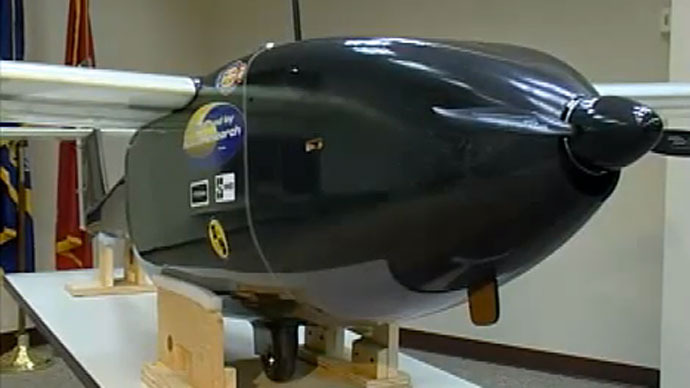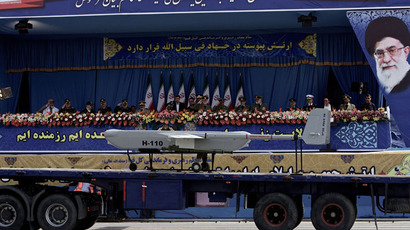US Navy’s liquid hydrogen drone flies for record 48 hours

A drone developed by the US Navy has broken its own endurance record by staying in the air for just over 48 hours. The 'Ion Tiger' used a new cryogenic tank for the liquid hydrogen fuel feeding its fuel cells to achieve the breakthrough.
Keeping a drone in the air as long as possible is a chief task for a UAV operator, especially in surveillance. One approach is to use fuel that packs a lot of energy for its volume, like hydrocarbons; drones like the MQ-9 Reaper can fly for 30 hours without landing for refueling.
But combustion engines that use hydrocarbons to keep an aircraft flying are noisy, hardly ideal for a spy drone. Ion Tiger, a surveillance drone developed by the Naval Research Laboratory (NRL), the Navy’s research branch, uses an electric engine, which is quieter and has a smaller heat signature compared to traditional drones.
A shortcoming with electric motors, however, is that onboard batteries are much less efficient than chemicals in packing energy, so drones using them can usually only operate for a handful of hours. But NRL’s aircraft uses hydrogen fuel cells to produce electricity, which improves the endurance trade-off.
"Liquid hydrogen coupled with fuel-cell technology has the potential to expand the utility of small unmanned systems by greatly increasing endurance while still affording all the benefits of electric propulsion," NRL principal investigator Dr. Karen Swider-Lyons said in a press release this week.

Ion Tiger set the record for fuel cell UAVs in 2009, when it flew for just over 26 hours using gaseous hydrogen stored in a tank at 5,000 psi. This was replaced in a mid-April test with a tank that stores cryogenic liquid fuel, which is about three times denser than the pressured gas used in the 2009 run.
NRL says their approach has additional logistic benefits, since liquid hydrogen can be produced from water on site rather than having to transport solid fuels in bulk.
Other methods of boosting drone endurance include recharging them in flight with land-based lasers and installing solar panels. A drone using the latter, the British QinetiQ Zephyr, currently holds the endurance record for drones. In 2010, it flew continuously for 14 days over the US Army's Yuma Proving Ground in Arizona.















